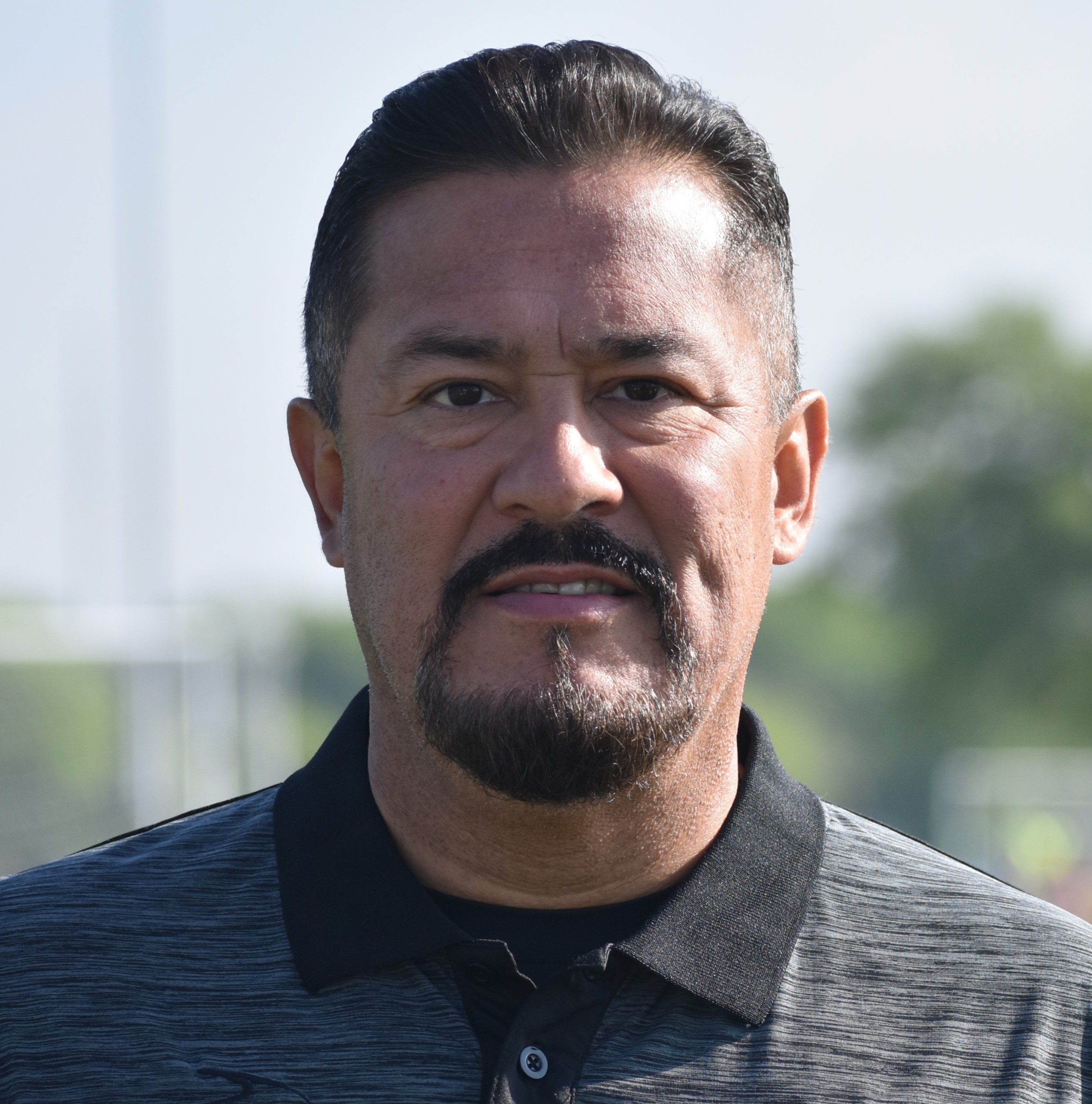Athletes, Age and Strength Training: Part I
- George Archuleta
- Oct 15, 2024
- 2 min read

Hello to all I hope your seasons have started out well and that your teams are staying healthy. I wanted to start my blogging back up as I have always really enjoyed writing and sharing information, but was unsure what topic I should start with until I had a parent of a 6-year-old stop by and ask me about strength and speed training for their daughter. They weren’t the first and I am sure they won’t be the last to ask such a question.
Let me first say that I appreciated this parent making time to ask the questions, that I am sure enters many parents minds and showing interest and love for their budding athlete. There are a plethora of websites and blogs and twice as many opinions on when should an athlete start weight/strength training and “gazillion” people and places to find bad or misinformed pieces of advice regarding this topic. Soooo, let’s take this head on and discuss some things that should be considered when getting your daughter or son involved in a strength program.
First things first. There is no universally agreed upon age at which time an athlete should or is allowed to start weight/strength training. I have had athletes in training from the ages of 9-70 years old in strength training. The focus should start and finish with the athlete’s safety, instruction and emphasis on proper technique, selection of appropriate load, choosing the proper volume and intensity for the athlete and proper exercise selection for not only the athlete, but the sport in which the athlete participates. If this process is met, numerous studies have shown that strength training for youth athletes is highly beneficial.
Proper supervision and instruction of exercise technique is a must. The safety and health of the athlete should be forefront in the mind of any professional who trains youth athletes. Far too often, have I seen and heard horror stories of athletes participating in a “program” that is not sufficiently supervised and/or the athlete is participating in a program that is “one size fits all”. The athlete may not appear to understand how to do the exercises, the athlete does not have the ability to perform the exercise properly or the athlete is left on their own to decide which exercise and weight is appropriate for their sport. This lack of personalized care and absence of professional programming is a recipe for disaster and will lead to frustration in lack of progress by the athlete and can lead to possible injury for the athlete involved.
We will discuss this topic more in the coming weeks and address the common myths and further considerations in getting your athlete involved in a strength training program. Until then, keep working smarter and harder than all the other players on your teams.
- Chris O'Donnell P.T.CAFS | DN-1 | PN-1 | Cert. ASTYM | CAFS | CWC | CSC











Comments